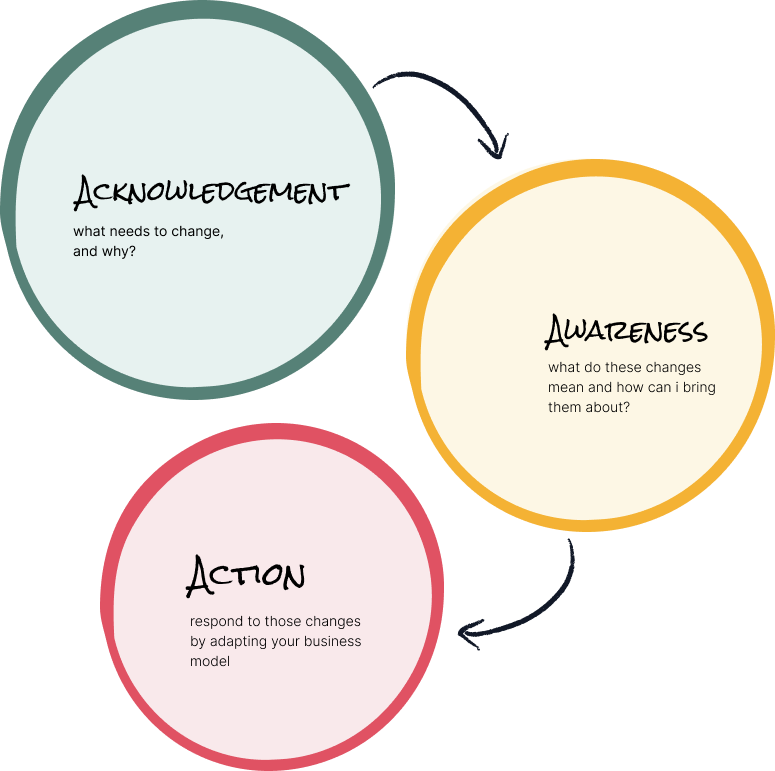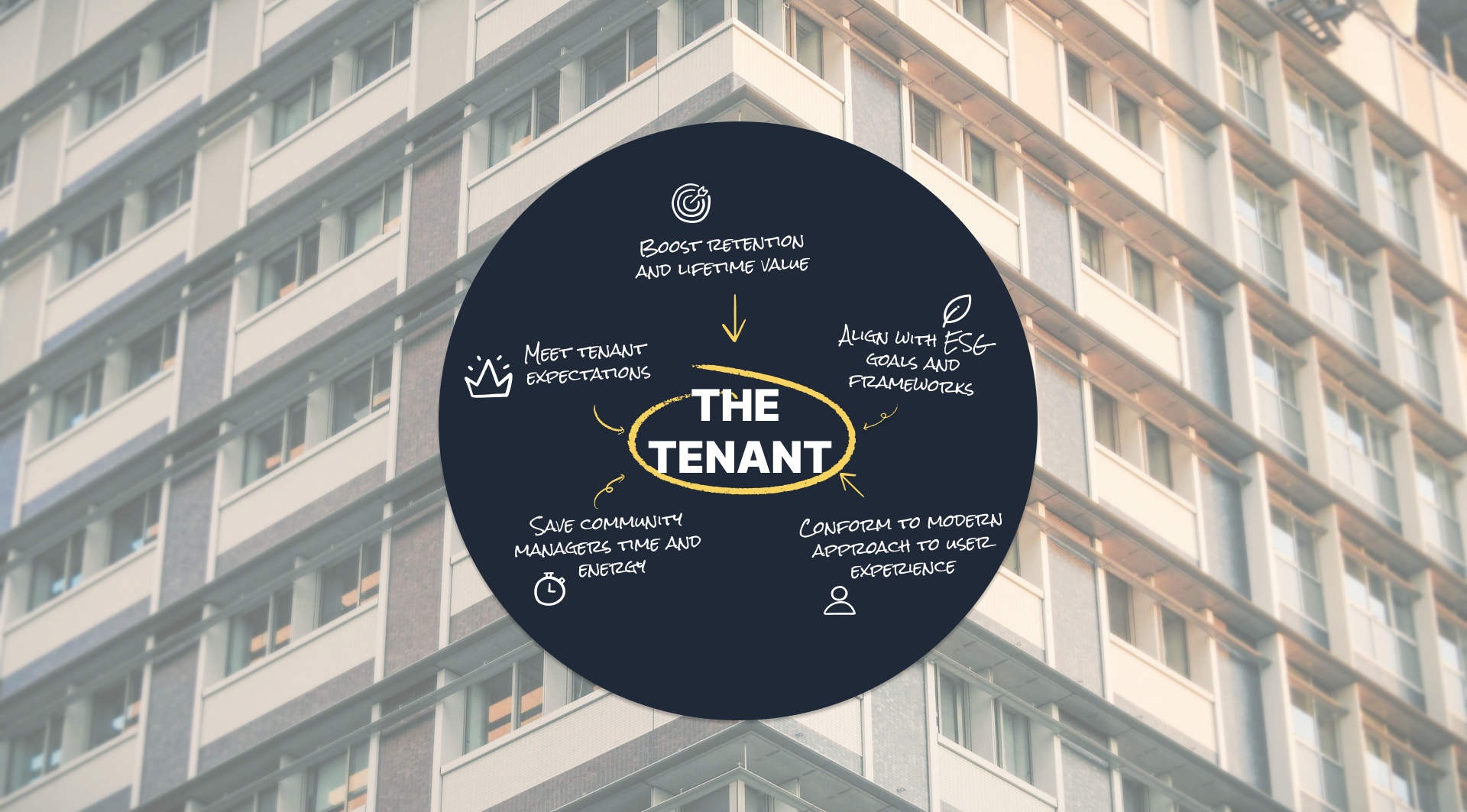A new approach to property management is transforming the residential real estate landscape. It’s called tenant centricity.
More and more companies are realising that now is the time to move away from a solely product focused approach, and work in the needs and considerations of the tenants into their operations.
But how did this shift come about, and what can real estate companies do to set the wheels of change in motion? We spoke to three distinguished thought leaders from within the residential industry to get their advice.
Read on to find out what they told us.
What is tenant centricity?
“Tenant-centricity refers to a business approach that places the tenant or customer at the centre of its operations and decision-making.” says Tim Aalders, portfolio manager at Van der Vorm.
“It involves understanding the needs, preferences, and behaviours of tenants and aligning all business activities to meet those needs. A tenant-centric organisation strives to create a positive experience for its tenants by providing high-quality services, responsive support, and personalised attention.”
“This approach can lead to higher tenant satisfaction and retention, which can translate into increased revenue and growth opportunities for the organisation.”

How did the tenant centric revolution come about?
The real estate industry has been slow to adopt the customer-centric approach that has become the modus operandi for other industries like banking, transport and hospitality.
Real estate property management has traditionally focused on the physical product—the building—rather than the people living in it. This is changing.
“Real estate is a peculiar and capital-intensive sector.” says Frank Hendriksen—an industry veteran who sat on the board of Dutch real estate companies Dela Vastgoed and KFN.
“It can attract people who want to make a lot of money quickly. Many focus on transactions, only seeing the added value of a well-leased building through financial incentives. The ultimate goal is to sell the building at a higher value.”
“There is, however, a growing movement in the market that prioritises the tenant and values a sustainable relationship with them, rather than just adding value for the sake of increasing revenue.”
During his time at KFN, Frank initiated a shift from product-centric to tenant centric.
“I introduced account management to KFN at a time when it was still more financially driven than customer focused. The approach emphasises the importance of the customer as a revenue generator. This was almost unheard of in a sector which often prioritised buildings and deals over customers.”
But since then, this approach has spread. Now more than ever, a renewed focus on the tenant is changing how real estate companies manage their properties.
From product-led to service-led
“Real estate is becoming more service based,” says Bert van Lunteren—CEO of Schep Vastgoedmanagers, a real estate company specialising in managing properties.
“Previously, the focus was on projects related solely to property management—like maintenance, cleaning, and repairs. But now we’re transitioning towards providing services that enhance the living experience.”
Bert identifies three unofficial schools of thought which currently coexist in the world of real estate and property management.
“First, there’s those who seek returns no matter what. They often engage in unethical practices like monopolies and generally aren’t sustainable long-term.”
“Second, there’s those who care just enough about the tenant experience to maintain tenant retention and protect their reputation.”
“Third, there’s those that take a service-oriented, tenant centric approach to real estate. They strive to understand the modern tenant. These companies are setting an example for others.”
Guiding the transition
But as in any industry, great change takes a while to truly take hold. Resistance to change is the main obstacle for companies seeking to transition to a tenant-centric approach.
“The first stage in any kind of technological or behavioural transition is acceptance and acknowledgement,” says Kelly Scott, an experienced business leader who now acts as founder and director of Transitional Intelligence.
“If you acknowledge what needs to change, as well as the motivations driving those changes, you can make the first steps toward a successful transition. Second comes awareness, then action.”
“Managers should ask themselves what these changes mean for their company and their team. Then work to bring about small, psychological changes on the individual level—that’s awareness. Then there’s taking steps to respond to those societal changes by transforming business models, that’s action.”

Set the wheels of change in motion
Tenant centricity is an approach whereby a company prioritises tenant experience in its operations and decision-making. It’s about understanding tenants’ needs, preferences, and behaviours, and providing an experience that exceeds expectations.
It’s been slow to take hold in the real estate industry. But by prioritising the tenant experience, companies can enhance tenant satisfaction, grow retention, boost revenue, and ultimately sustain growth.
